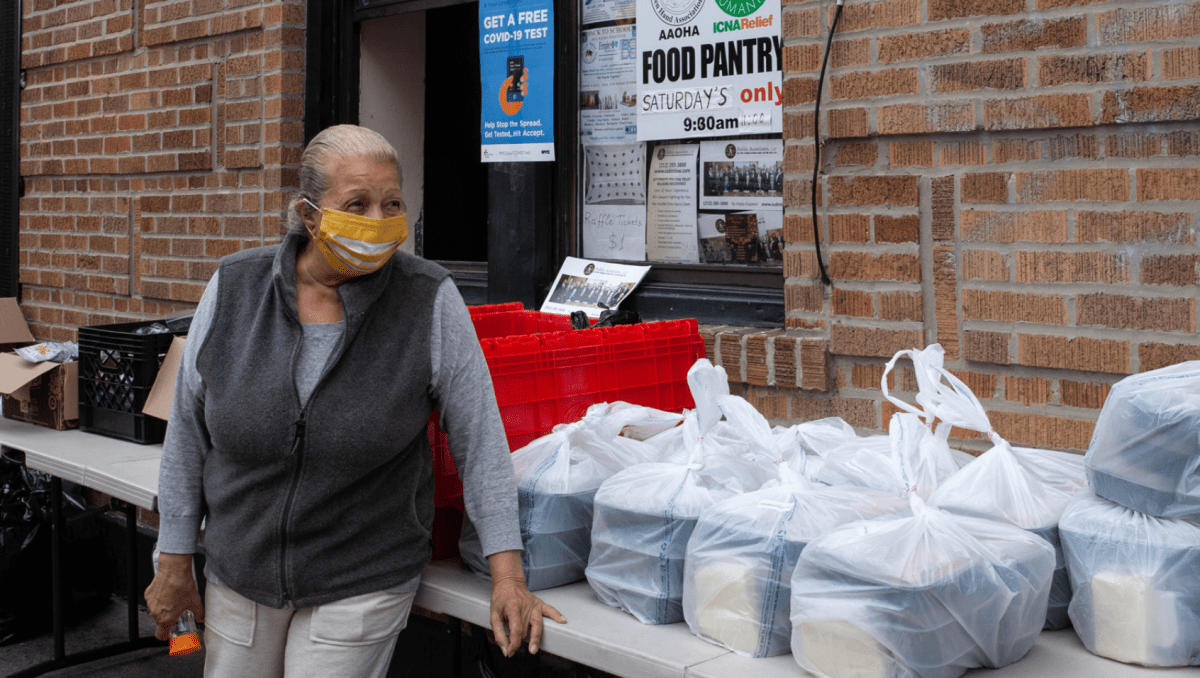-

Photo Credit: amNewYork / Alison Fox -

Photo Credit: amNewYork / Alison Fox -

Photo Credit: amNewYork / Alison Fox -

Photo Credit: amNewYork / Alison Fox -

Photo Credit: amNewYork / Alison Fox -

Photo Credit: amNewYork / Alison Fox -

Photo Credit: amNewYork / Alison Fox -

Photo Credit: amNewYork / Alison Fox
Brownstone Brooklyn’s not just for hipsters. A group of eight goats has moved into the borough to help restore Prospect Park’s woodlands by munching on overgrown weeds and generally living their best goat lives.
Storms have damaged or destroyed more than 500 trees in the park, which has caused weeds to plague the area, according to the Prospect Park Alliance.
“The herd of eight hungry goats … represent our environmentally friendly approach to woodland restoration,” said Sue Donoghue, the president of the Prospect Park Alliance, which is overseeing the project. “Over the coming months, they will climb this area’s steep hills to eat invasive weeds that have proliferated in the landscape in the absence of trees to make room for new native species, plants, and grasses.”
These goats will move throughout several sections of the park over the course of the next four months, eating English ivy, poison ivy and goutweed, to name a few. Donoghue said the goats will continue to eat the weeds until they eventually stop growing back.
In total, they will cover 1.5 acres, Donoghue said. They moved in on Monday, she said, and are starting on an area of about 800 to 900 square feet.
The animals, who are all retired dairy or show goats, are trained to do this kind of work by Rhinebeck-based Green Goats. Their labor costs about $15,000, which will come out of the $727,970 that the Alliance received from the National Park Service as part of the Hurricane Sandy Disaster Relief Assistance Grant Program for Historic Preservation.
Leslie Wright, the city’s regional director of the New York State Office of Parks, Recreation and Historic Preservation, said the agency is excited “the alliance has engaged such [an] environmentally smart, and certainly small carbon footprinted, workforce” to get rid of the weeds.
And while people are asked not to touch or feed the goats — they are eating poison ivy and their skin could have traces of the itchy plant — a few furballs are more than happy to pose for the camera.
“For kids, it will be wonderful for them just to see this wildlife in the park,” Donoghue said. “We do feel like the educational aspect of this is really important so that kids will understand that we are using these animals to actually get work done.”
Mary Keehbauch, the natural resources crew foreperson for the project, will be working with the goats to rid the park of invasive species, as well as monitoring the goats’ progress.
“It’s an opportunity for children living in the city to experience the goats and watch their habits, just exposure,” she said. “They all have very different personalities. They are definitely individuals.”



































